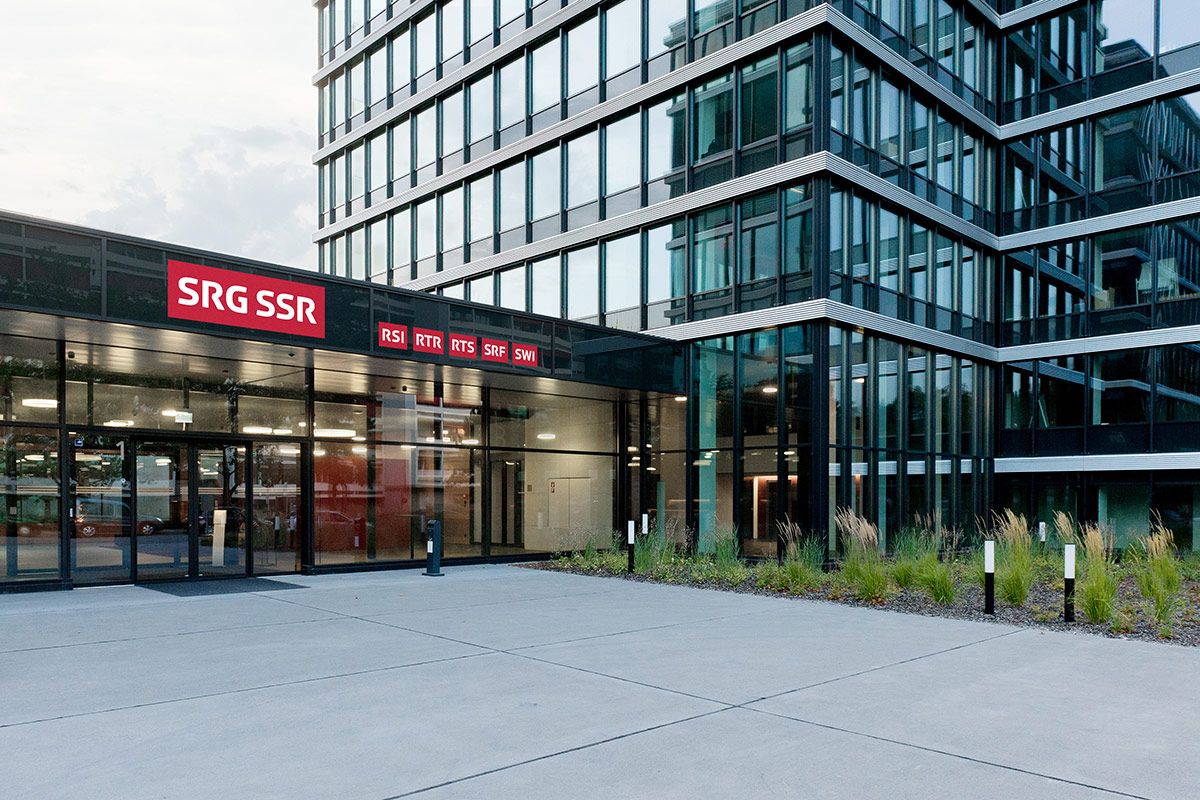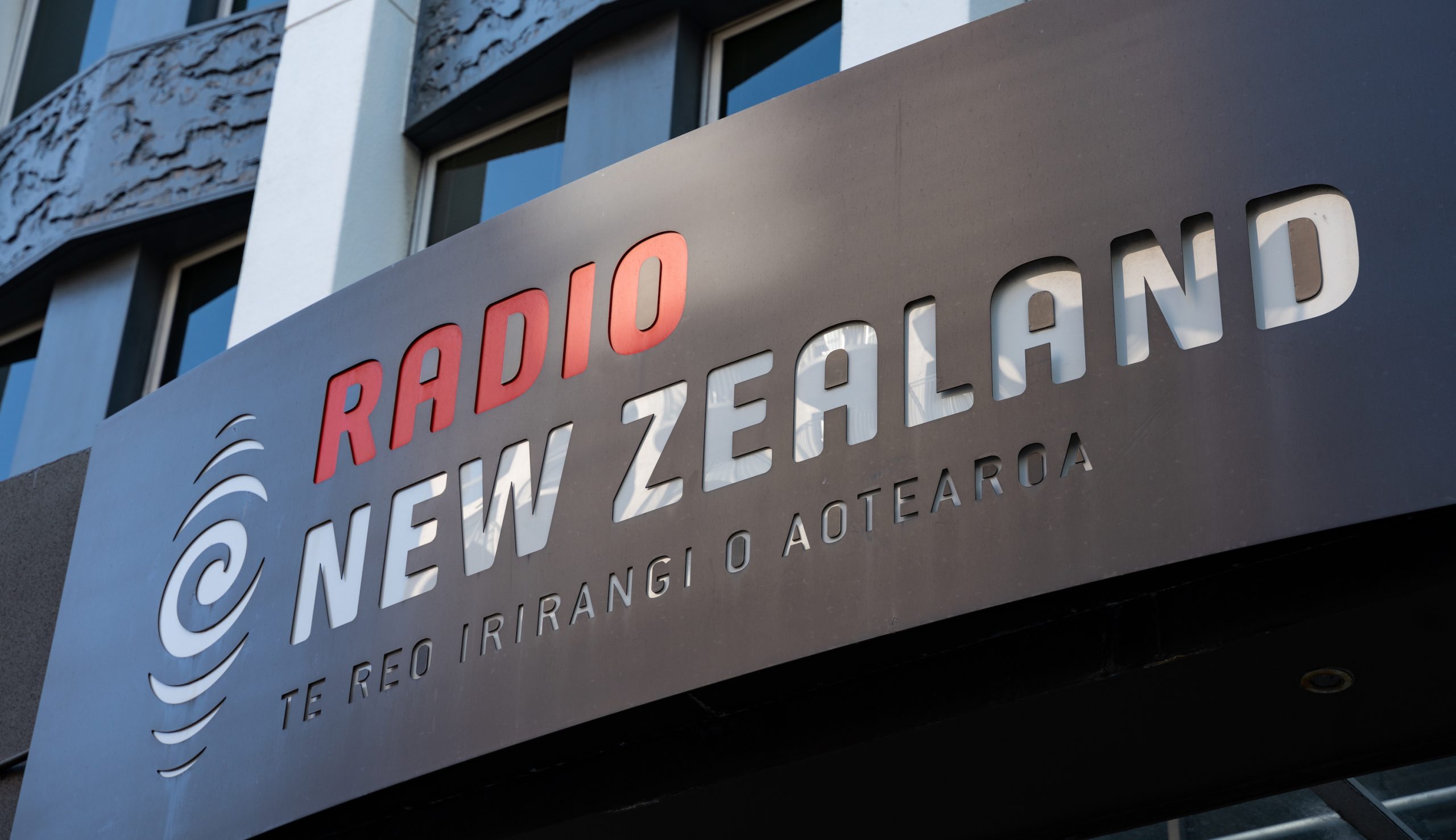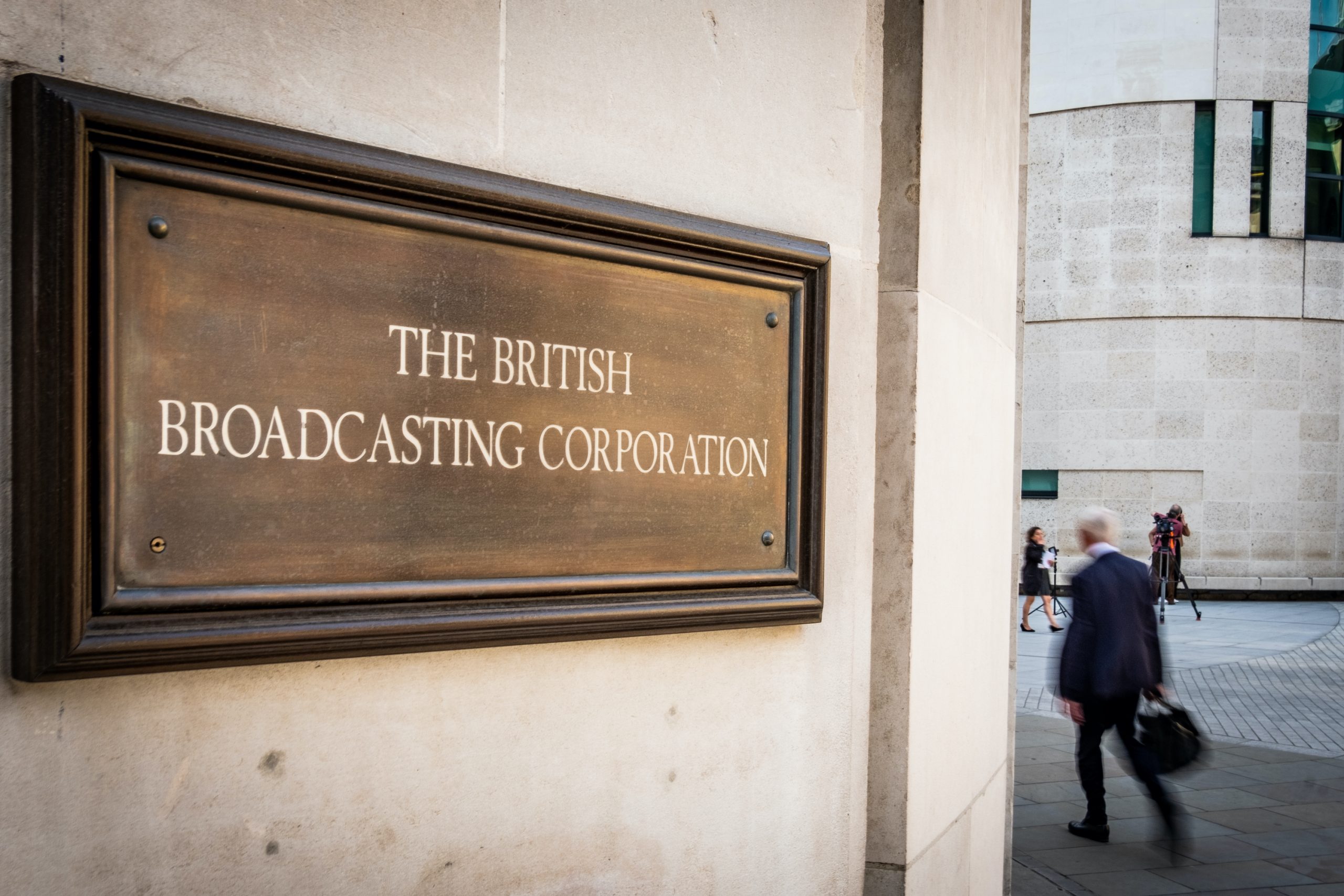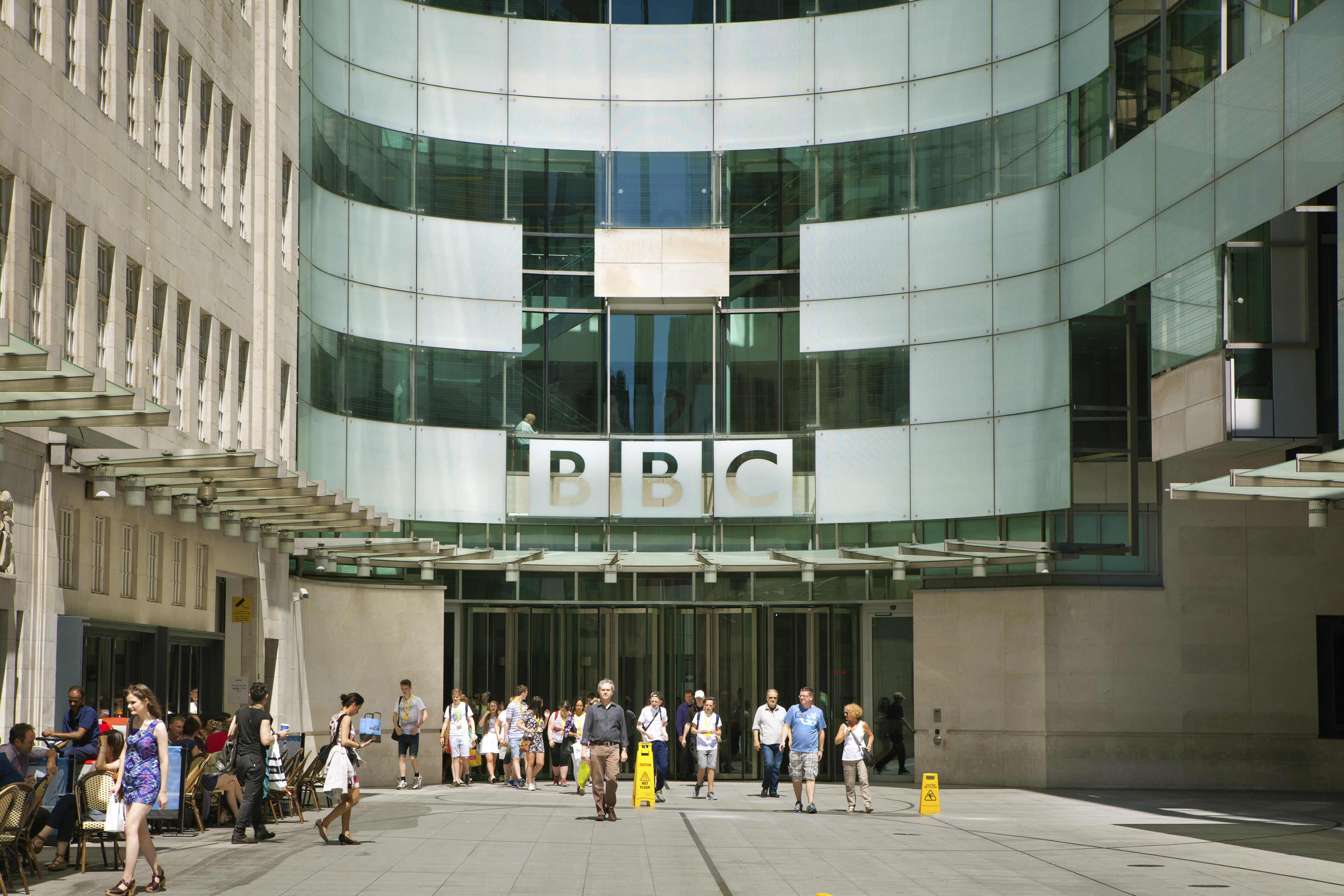The PMA Briefing
Can cuts to public media be avoided?
17 June 2025
As Switzerland’s National Council rejects a proposal to halve SRG’s budget, the Dutch public media system calls for their cuts programme to be reversed. Ecuador’s public media is in danger of liquidation, and in New Zealand, RNZ announces a programme of voluntary redundancies after a budget cut. Meanwhile, a proposed merger of Sri Lanka’s two state broadcasters is off the table.
Switzerland: National Council rejects major cuts to SRG
The National Council of Switzerland has rejected a proposal aimed at reducing the annual SRG SSR licence fee from 335 CHF to 200.
During a marathon debate, the proposal by the right-wing populist Swiss People’s Party (SVP) was rejected by a majority of the National Council, with only the SVP and a part of the conservative Free Democratic Party in favour. The initiative also called for companies to be exempted from the licence fee, which in effect would have halved the SRG’s budget.
Additionally, an SVP minority introduced a further counter-proposal calling for a restriction of the SRG’s activities in entertainment, sports and online. They argued this would create a fair competition between the SRG and private media companies – an argument that was countered by a Green Party representative who said “there is no study that shows that weakening the SRG leads to strengthening the private media”.
The Social Democratic Party (SP) and the Greens introduced a counter proposal, aimed at revising the source of funding for SRG to an independent fund financed by VAT. All these motions were rejected by the National Council on 12 June, but they still have to go through the Council of States. There will be a public referendum on reducing the SRG budget down to 200 CHF in due course.

Netherlands: Dutch PSM calls for cuts reversal
Following the collapse of the Dutch government earlier this month, the public media system has jointly called for a €157 million package of cuts announced in April to be reversed.
The Dutch public broadcasting system is structured with an umbrella company, NPO, responsible for the scheduling and distribution of content produced by eleven different public broadcasters.
As well as the cuts, the government also ordered substantial reforms that would see the whole system rearranged.
But in light of the government’s dissolution, NPO and the eleven public broadcasters have called for the House of Representatives to reconsider. “In order to continue to offer certainty in times of change and tension, through accessible, reliable and connecting programming and news provision, the proposed major cuts to public broadcasting must be reversed,” the group said.
However, the group still backed an overhaul. “We want to work together on a future-proof and reliable public broadcaster. The need for reform is seen, as is the opportunity to organize our organisations more efficiently. But in the right order and proportion.”

New Zealand: Voluntary redundancies at RNZ
RNZ is seeking voluntary redundancies from staff, just weeks after the government cut the broadcaster’s budget by NZ$18m over four years. Chief executive Paul Thompson confirmed the offer to local media, saying “applications … will be considered against the need to retain necessary skills, knowledge and experience within teams or critical risk areas.”
The previous Labour government had increased RNZ’s annual budget by almost $25m, which was maintained by the National-led coalition last year. But that was pared back in this year’s budget.
The media minister Paul Goldsmith told news outlet Stuff that RNZ “have had very big increases over the last few years, and this Budget made what I think is a relevantly modest reduction to that.”
Goldsmith also challenged RNZ to improve its trust and audience reach, amid languishing listener numbers.

Sri Lanka: Merger off the table
Sri Lanka’s two national broadcasters, the Sri Lanka Broadcasting Corporation (SLBC) and the Sri Lanka Rupavahini Corporation (SLRC), will remain two separate entities, despite a 2023 proposal to merge the two.
The SLBC provides national radio services, while the SLRC is the television broadcaster. In a Cabinet meeting last week, it was agreed that the two organisations shouldn’t be combined, given their different technological requirements, the floor space needed for each, and the separate transmission towers. However, the Cabinet agreed to launch a strategic business plan to increase operational efficiency.

Ecuador: State media liquidation deadline extended
President Daniel Noboa has extended the deadline for the liquidation of the state media of Ecuador, Comunica EP, until 12 July 2025. The extension was granted to enable the liquidator to complete the remaining administrative and legal aspects of the liquidation. This extension comes a few weeks after a new Director General, Marcela Holguín, was appointed as the head of Comunica EP.
It is not the first time that the dissolution of Comunica EP has been postponed.
The company was put in a state of liquidation by the previous government in 2020 due to inefficiencies and the accumulation of considerable debts. It was quickly replaced by a transitory structure that managed the remaining key outlets; Ecuador TV, Pública FM, and El Telégrafo digital.

Featured Image: NPO’s headquarters in Hilversum. Credit: Jan Willem van Hofwegen
Related Posts
20th May 2025
What’s the world’s biggest public broadcaster? | The PMA Briefing
A new report ranks the top 100 media…


